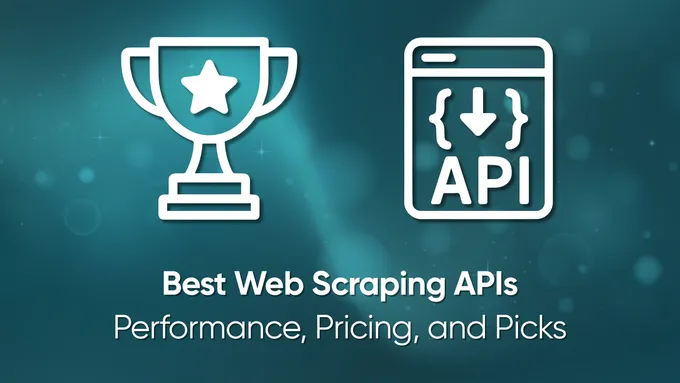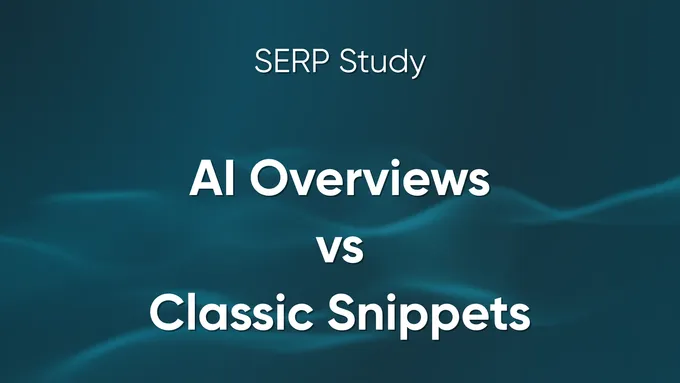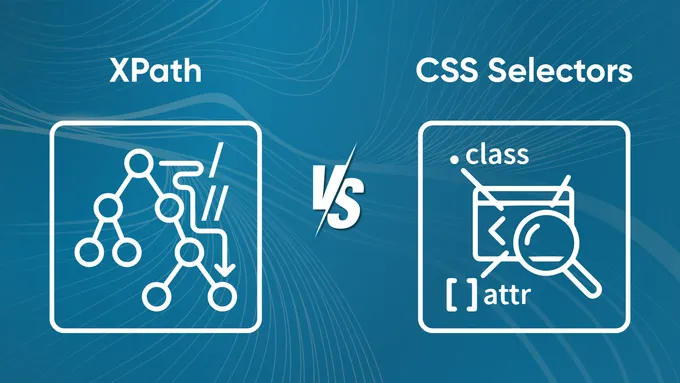Price Scraping: What It Is and How to Use It for Business Success
Competitive pricing is essential for any successful business or strategy. Setting competitive prices for your products and services can help you attract customers from your competitors, leading to increased profits and market share.
Price scraping is a valuable and essential tool for businesses of all sizes, from e-commerce to real estate. By collecting and analyzing price data, businesses can make better decisions about pricing, marketing, and product development.
It is a powerful tool that provides businesses with relevant data and insights to make informed decisions, optimize pricing strategies, and maintain business competitiveness.
What is Price Scraping?
Price scraping is the process of extracting price, product description, availability, and other relevant information from e-commerce websites, marketplaces, or any online platforms that list products or services with associated prices.
Price scraping allows businesses to track and analyze their competitors’ pricing, which enables them to make more informed decisions and stay competitive. For example, access to real-time competitor pricing data allows businesses to use dynamic pricing strategies to maximize profits.
Price scraping also supports marketing research by identifying intermediaries, supplier costs, and more. This approach allows businesses to optimize prices based on buyer behavior and manage inventory. By staying up-to-date on pricing changes, businesses can mitigate threats and adapt to market changes early.
Benefits of Price Scraping
Price scraping offers businesses and organizations a range of benefits, including data-driven decision making, efficient market research, and real-time data. The ability to leverage these advantages allows businesses to stay competitive and attract significantly more potential customers.
Data-Driven Decisions
Price scraping can help businesses make more informed decisions about pricing, marketing, and other strategic initiatives. By providing access to real-time data from a variety of sources, price scraping can help businesses track trends, identify opportunities, and optimize their performance.
Efficient Market Research
Price scraping can be used to quickly and easily gather data on competitor prices, market trends, and other market intelligence. This information can be used to gain a competitive advantage, develop new products and services, and expand into new markets.
Real-time Data
Price scraping can provide businesses with real-time data on pricing, availability, and other product information. This information can be used to improve customer service, respond to market changes, and make more timely decisions.
Price Scraping Use Cases
Price scraping provides valuable insights into the market, which can be used in a variety of ways. Here are five of the most common and beneficial applications:
- Competitive pricing intelligence.
- Dynamic pricing.
- Pricing strategy optimization.
- Pricing trend identification.
- Minimum advertised price (MAP) monitoring.
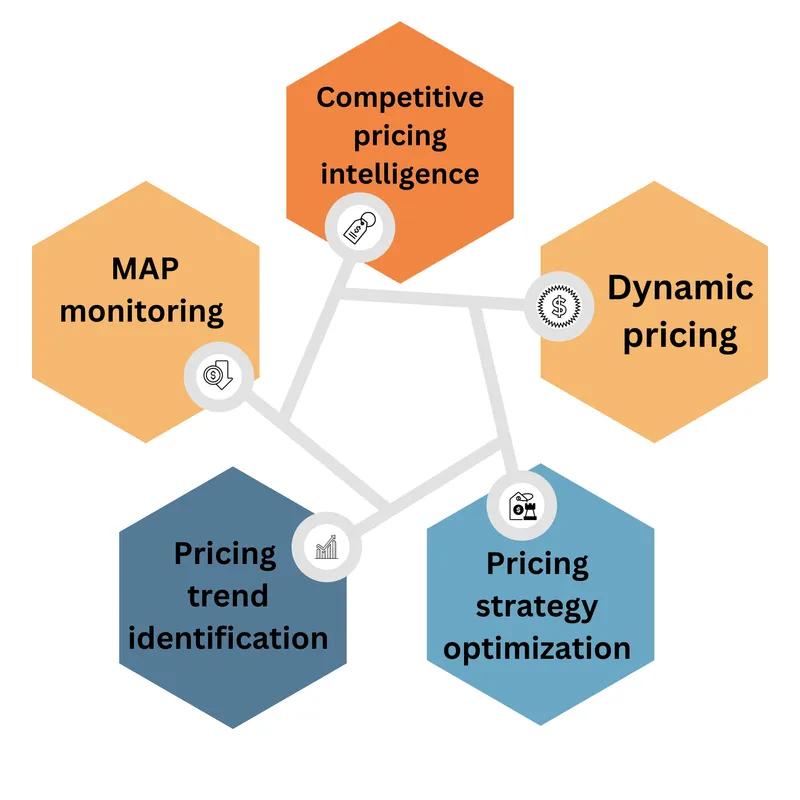
Price scraping can help businesses track the prices of their competitors, which can be used to identify opportunities to undercut or match their prices.
Competitive Pricing Intelligence
Competitive Price Intelligence is the ongoing process of gathering and analyzing pricing data, product descriptions, and other relevant information from competitors. This data can include current prices, discounts, promotions, and changes in competitors’ pricing strategies.
By understanding how competitors price their products or services, companies can adjust their own strategies to attract more customers, maximize revenue, and maintain or gain market share.
Competitive Pricing Intelligence provides valuable insights into market dynamics, helps identify pricing trends, and enables businesses to make data-driven decisions about pricing adjustments, discounts, and promotions. It can attract price-sensitive buyers and, in turn, increase sales and profitability.
Dynamic Pricing
Price scraping data can be used to automate dynamic pricing, which is a pricing strategy that adjusts prices based on factors such as demand, supply, and competition.
This approach can be useful for things like creating dynamic discounts. For example, if a competitor’s price is lower than yours, you can set up a dynamic pricing system to lower your price to a certain level. This can help you attract new customers and steal customers from your competitor.
Optimizing Pricing Strategies
Tracking your competitors’ prices allows you to adjust your pricing strategy in real time to stay competitive. This ensures that you are not left behind in the ever-changing market.
Identifying Pricing Trends
Price scraping can be used to analyze historical pricing data to identify trends and patterns. This information can be used to optimize pricing strategies and maximize profits.
MAP monitoring
The last use case is to analyze market prices to identify MAP agreements violations by intermediaries and resellers. By conducting this type of monitoring, you can be sure that you will not lose customers or incur losses. In addition, if violations are identified, you can respond in a timely manner and correct the situation.
How does price scraping work?
While manual data collection is one of the ways to get data, price scraping refers to the automatic extraction of data from websites that provide pricing information.
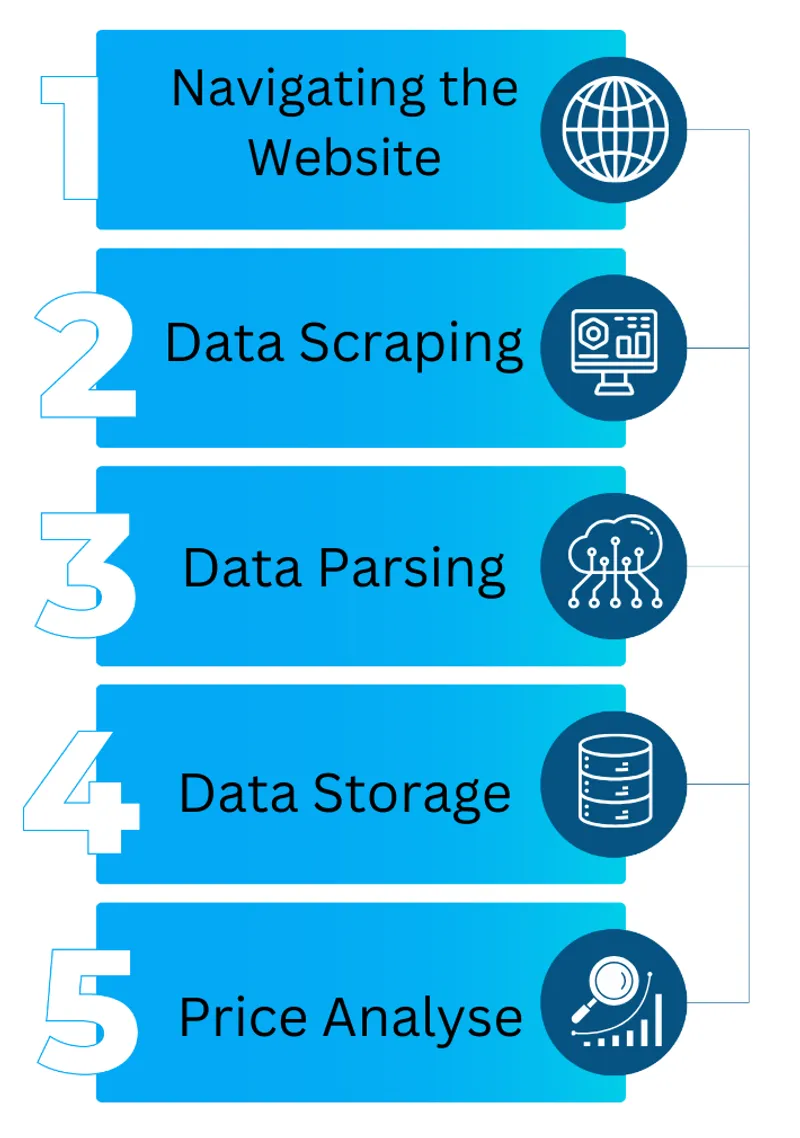
When discussing price scraping, there are two main strategies:
- Scrape only prices from various product pages and enter the data into tables or databases.
- Scrape all data from the website and enter it into tables. In this case, product prices must be extracted and analyzed from the collected data in the future.
Both approaches have advantages and disadvantages. Scraping all data from a website is more accessible than configuring a scraper to extract specific data. Additionally, it guarantees that no data will be missed. However, this approach requires more time to process the collected data, and it may be more challenging to analyze.
Price Scraping Techniques and Tools
There are several approaches to price monitoring, just like with regular scraping. You can collect data manually or use specialized tools. Alternatively, you can use pre-built price scraping solutions or create your own. The approach you choose depends on your goals, skills, and preferences. The most popular options are:
- Using pre-built plugins and price scraping software.
- Using Google Sheets add-ons and features.
- Using a price scraping API.
- Building your own scraper in a popular programming language (Python, NodeJS, R).
Ready-made price scraping tools are the simplest way to get the needed data. However, due to their limited flexibility, they are only suitable for the resources for which they were designed. For example, you can use our ready-made scrapers to collect data from Amazon or Shopify, but you cannot use an Amazon scraper to collect data from Shopify or vice versa.
These tools are even suitable for those who have never used scrapers - simply specify the parameters and run the scraper. Once you have done this, you can even close your browser without fear of losing the data. You can return it later and download it in a convenient format, such as XLSX, JSON, or CSV.
Google Sheets is another way to collect data. It supports formulas for simple data collection and can be a good solution for those who need to quickly scrape prices from a website. We previously showed how to do this for WooCommerce scraping. We have also developed a small script for Google Sheets that allows you to get data not only about the position in the search engine but also to scrape various Google SERPs, including Google Shopping.
Another option is to use specialized APIs to collect the necessary data. For example, you can use the Google Product API to collect product and price data and integrate it into your own applications. For example, you can use this data to analyze competitors or track product availability.
The last option is to create your own scraper in one of the popular programming languages. This method requires programming skills and an understanding of how scrapers work. To learn more about this, you can read one of our articles, such as how to scrape Google Shopping, Walmart, Zillow, or Amazon with Python.
Price Scraping Challenges
While scraping can be a useful tool for collecting prices, it is important to be aware of the challenges involved. Websites often use different structures and selectors for displaying prices, which can make it difficult to create a universal scraping tool. To address this, Google Product API allows you to search for similar products in other stores by product ID. This can help you quickly and easily compare prices from different suppliers.
In addition, you will face a number of technical challenges during scraping. Although scraping data from publicly available sources is legal, many website owners use various techniques to block bots. The most common challenges you will face when scraping prices are:
- IP address blocking. To avoid this, you should use proxies or third-party scraping services.
- You can also rely on third-party scraping services that will scrape the data for you or use various CAPTCHA-solving services. Alternatively, you can use various tricks to mimic the behavior of a real user to avoid CAPTCHAs altogether.
- Dynamic content. To collect data from these pages, you should use frameworks that support headless browsers, such as Selenium.
Website owners use these protection methods because price scraping can harm their business. Scraping can reveal a confidential pricing strategy, giving competitors an unfair advantage. Additionally, large numbers of bots can slow down websites, preventing real customers from accessing them quickly. This can lead to lost sales and revenue.
Conclusion and Takeaways
Price scraping is widely used by e-commerce businesses, retailers, and market analysts to gain a competitive advantage, optimize pricing strategies, and make data-driven decisions. It allows businesses to monitor their own pricing as well as the pricing strategies of their competitors, helping them adjust prices, create competitive advertisements, and respond to market changes effectively.
Price scraping not only enables businesses to stay informed about competitor pricing but also provides valuable data for market research and product development. By analyzing competitor pricing patterns, businesses can identify opportunities for differentiation and product positioning. Moreover, price scraping can reveal insights into consumer preferences and demand, enabling businesses to tailor their product offerings and pricing strategies accordingly.
